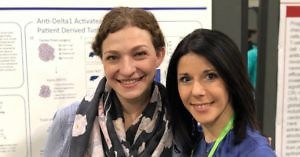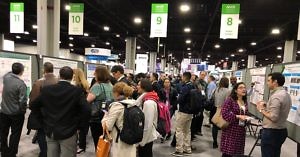Exploring unexpected targets in brain tumours

Marooned or heading off somewhere exciting?
As we head into the long August Bank Holiday and Labor Day celebrations, I wanted to offer some stimulating, yet thought provoking topics for readers to consider.
Make no mistake the food for thought ideas described are not lightweight per se, but may offer some useful insights on glioblastoma with implications for exploring future research angles.
There are also two bonuses included: first up is some commentary on TIGIT and lastly, we highlight an impressive new tool that’s available to interested and enlightened companies, which may be of particular interest to our Pharma readers who gather market sentiments.
To continue reading our latest highlights on oncology new product development including commentary and analysis, BSB subscribers can log-in or you can click to access the content.
This content is restricted to subscribers
 Over the next couple of posts we will be highlighting different pipeline agents, along with in-depth expert interviews to explore some intriguing early or emerging approaches. Some are in preclinical getting ready to enter the clinic, while others are already being evaluated in phase 1/2 studies.
Over the next couple of posts we will be highlighting different pipeline agents, along with in-depth expert interviews to explore some intriguing early or emerging approaches. Some are in preclinical getting ready to enter the clinic, while others are already being evaluated in phase 1/2 studies.


